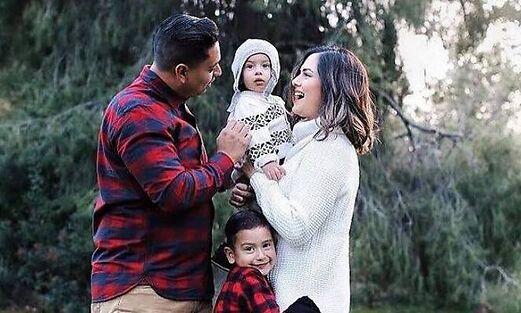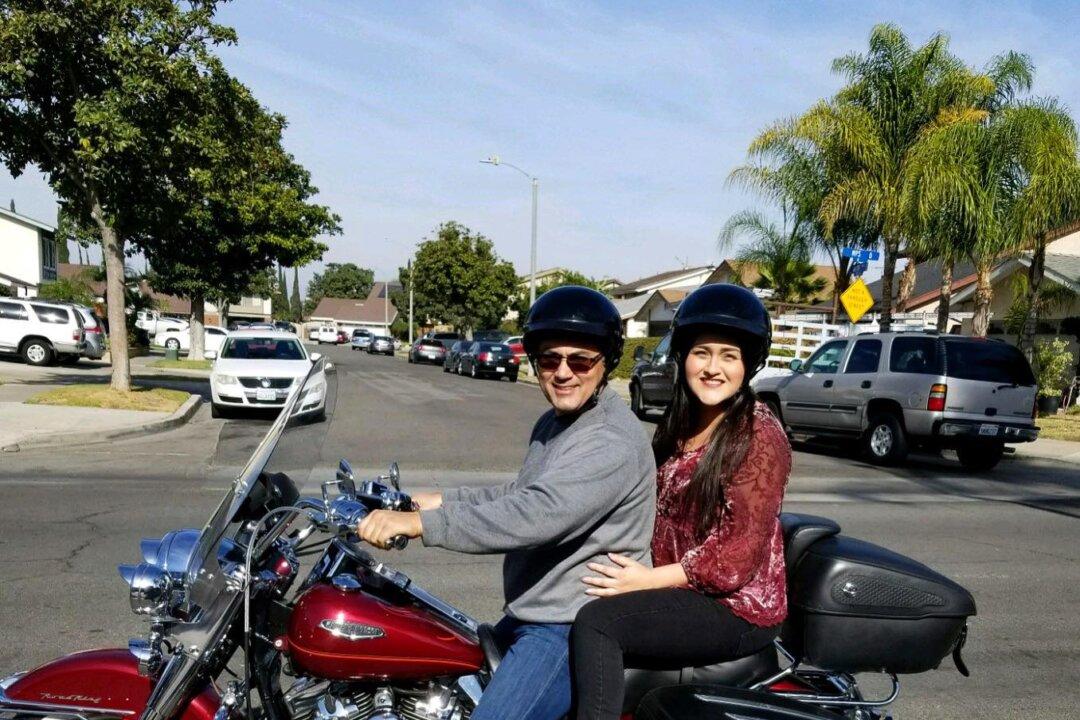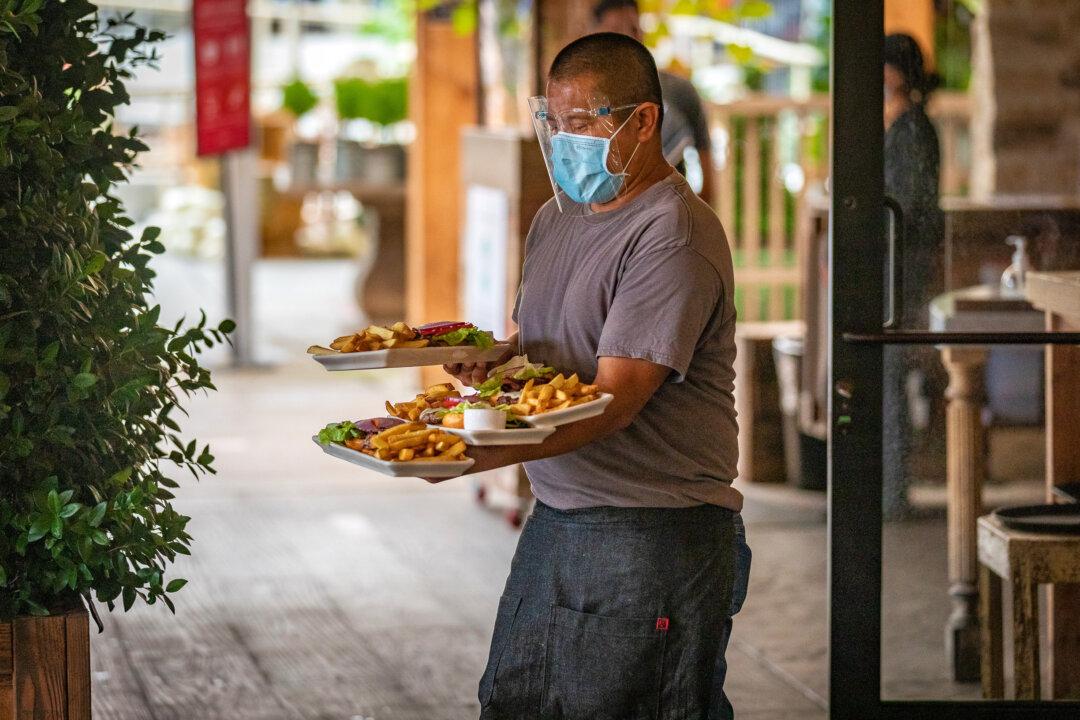The free, at-home COVID-19 saliva tests arriving in Orange County before the holidays won’t always accurately detect the virus, says a local infectious disease doctor.
Officials in the Southern California county announced Nov. 17 that it would soon begin offering the free tests to its residents, and encouraged their use prior to holiday get-togethers.




